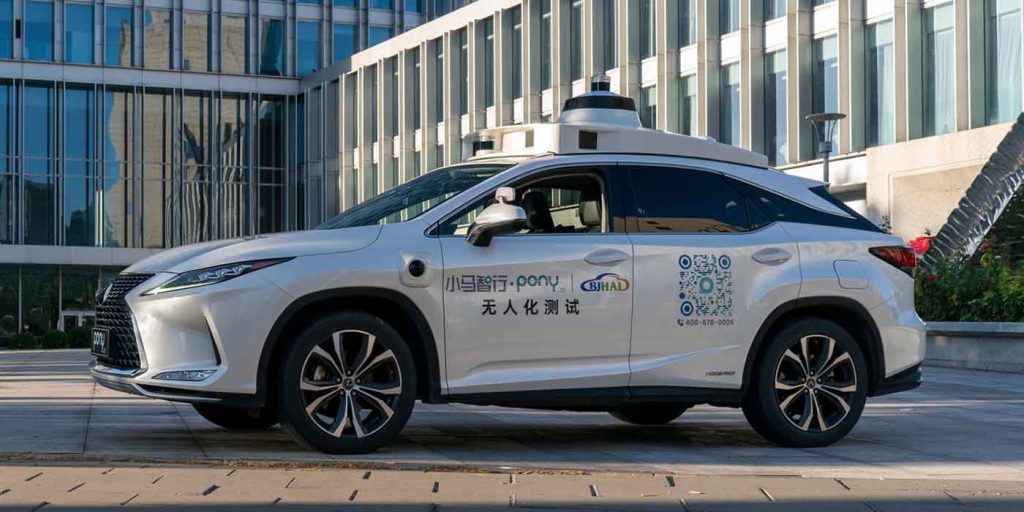
Autonomous robotaxi startup Pony.ai continues to expand the reach of its autonomous operations – this time venturing outside of China into the NEOM development of northwest Saudi Arabia. The company announced a new joint venture with NEOM today that includes an $100 million investment to establish a local presence and implement robotaxi rides across the Middle East.
Pony.ai Inc. is a technology company founded in 2016 that specializes in fully-autonomous mobility. Its robotaxi development has been supported through partnerships with global OEMs like Toyota, GAC Group, and NIO Capital, helping it become one of the trailblazers of driverless rides in China.
Since the launch of its robotaxi app in December 2018, Pony.ai has become the first to commercialize autonomous taxi services in the Chinese cities of Beijing and Guangzhou and one of the first companies licensed to operate in other tier-1 cities, like Shanghai an Shenzen. It has also expanded US cities like Tucson, Arizona.
Today, Pony.ai announced further operational expansions into the Kingdom of Saudi Arabia and beyond, with the help of the region’s futuristic urban development, NEOM.

Pony.ai robotaxis to bring sustainable travel to NEOM
The new partners shared details of the new joint venture today, which includes an $100 million investment in Pony.ai by the NEOM Investment Fund (NIF). Once the JV is successfully established, Pony.ai will setup a regional headquarters, complete with state-of-the-art R&D and manufacturing facilities in Saudi Arabia.
From there, the companies state Pony.ai will develop, manufacture, and operate a fleet of autonomous driving services led by advanced EVs in addition to the infrastructure to support their operations. This expansion strategy includes not only NEOM, but also key markets in the Middle East and North Africa (MENA). NEOM’s executive director of land mobility Terry Wong spoke:
The investment in Pony.ai is an essential part of our ambitious plans to build a smart, zero-emission, autonomous multi-modal transport system, connecting people and communities across NEOM, while incubating new technologies for the benefit of the world. With this investment, we are moving ever closer towards a new future for commuters and travelers – one that is safer, more convenient, and more sustainable.
Pony.ai is the latest innovator in advanced clean mobility joining the NEOM development, which is working to establish a multi-modal sustainable transport system powered by 100% renewable energy. Other technologies being implemented in the region include eVTOL air taxis and electric seagliders. Pony.ai co-founder and CEO Dr. James Peng also spoke to the new joint venture with NEOM:
We are delighted to partner with NEOM, to combine Pony.ai’s world-class autonomous driving technology and operations experience with NEOM’s vision to be the ‘the land of the future, where the greatest minds and best talents are empowered to embody pioneering ideas’ to develop, manufacture and deliver autonomous mobility services and vehicles to the region. As a leading global autonomous driving technology company, this major regional expansion for Pony.ai is a milestone for our global aspirations and our vision of ‘autonomous mobility everywhere’ and will advance the development of the global AV industry into a new stage.
Neither of the JV partners shared a timeline on when we may see Pony.ai’s robotaxi operations in NEOM and the rest of MENA, but we are sure to learn more as both entities push forward with their implementation of sustainable, autonomous technologies.
